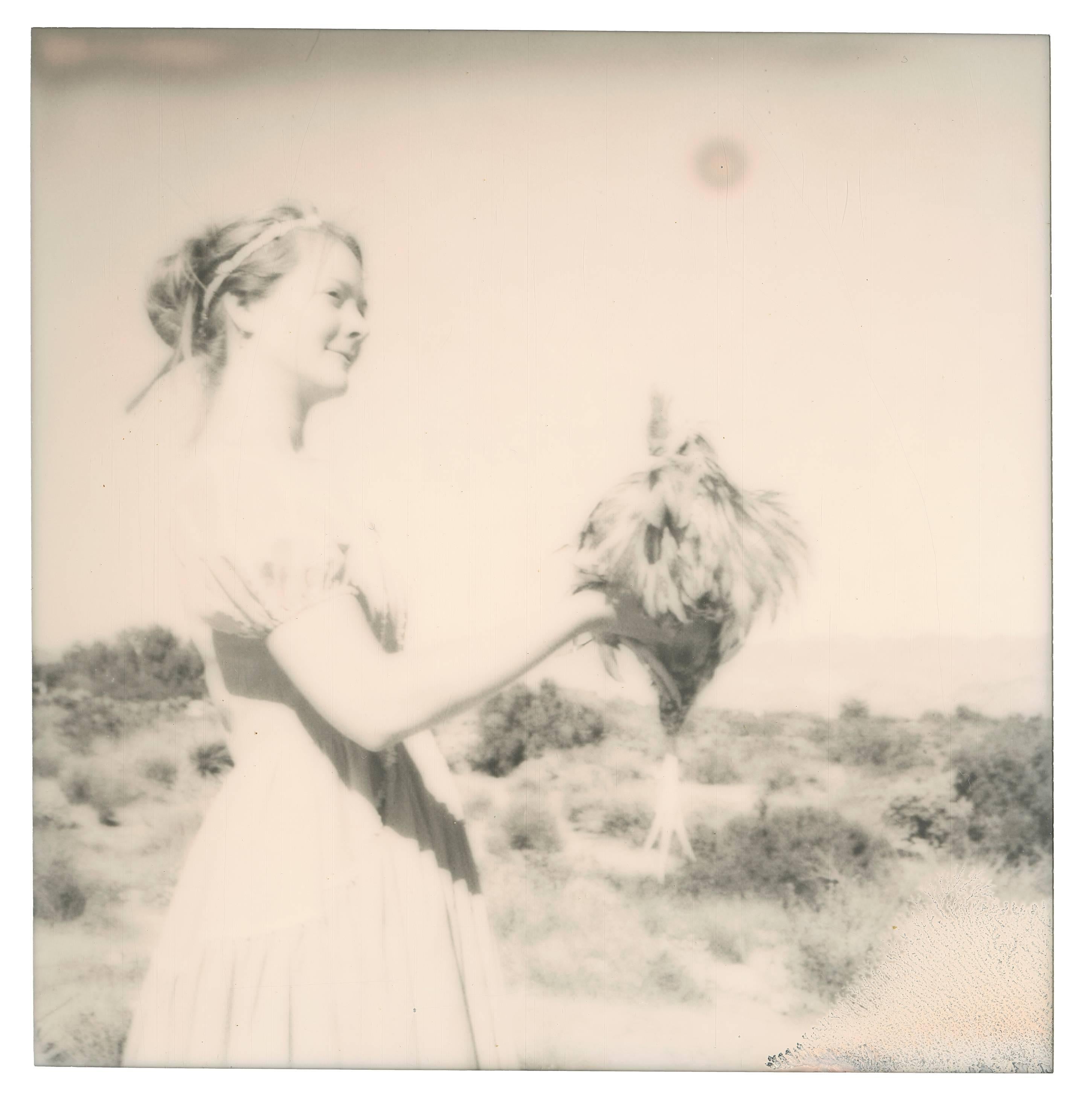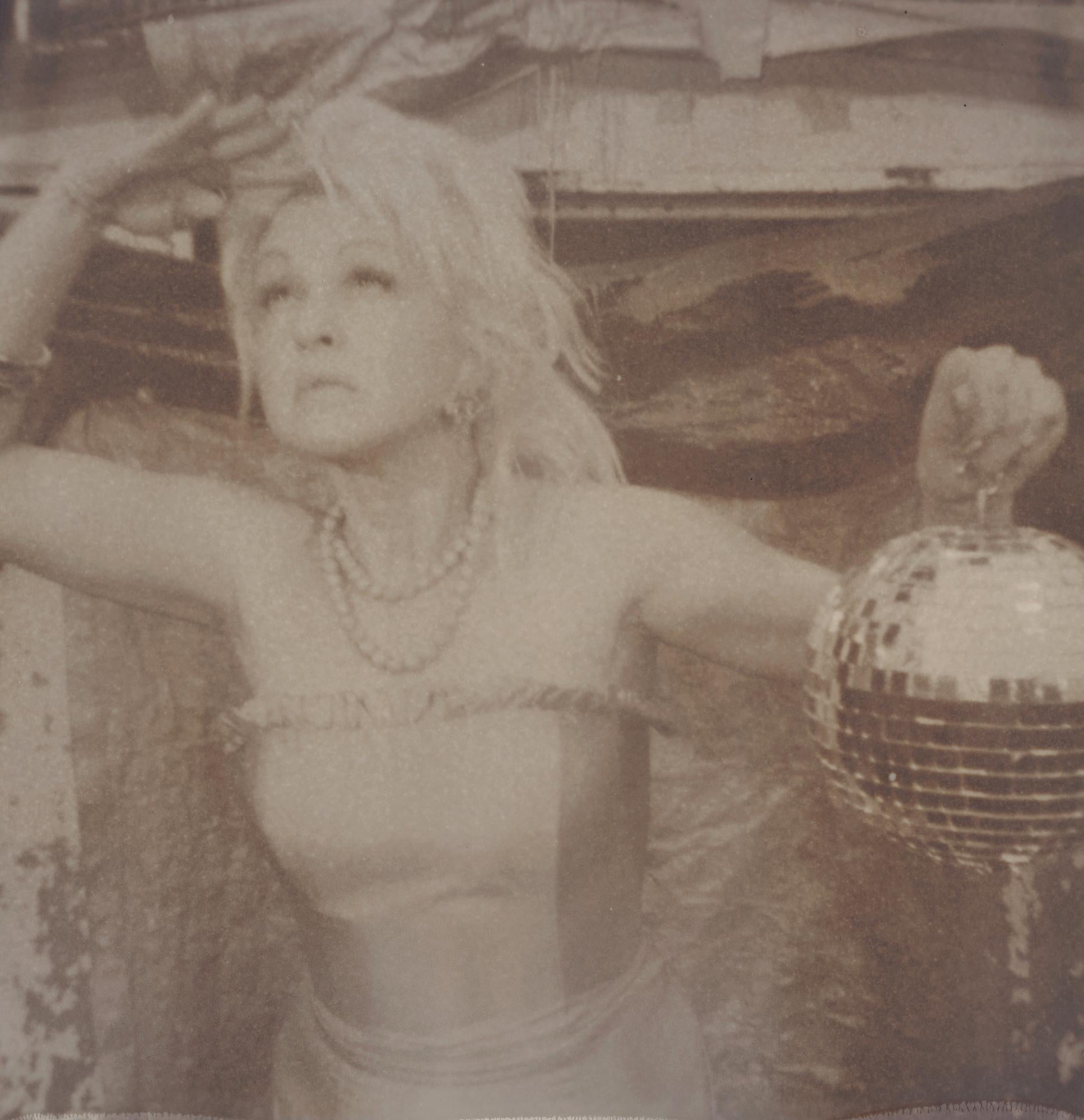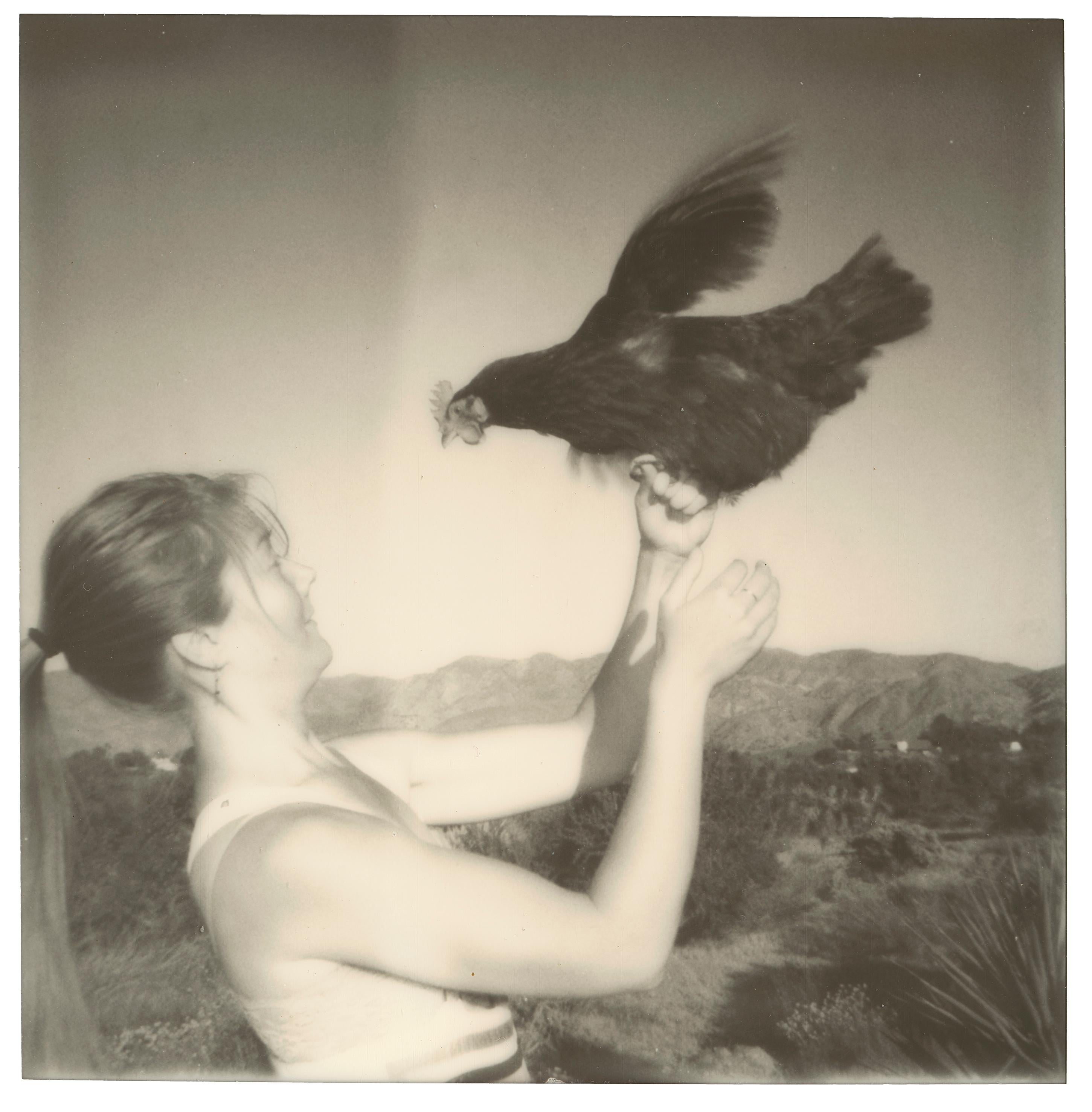Stefanie SchneiderAfter All (Cyndi Lauper) - 'Bring Ya to the Brink' record cover shoot2009
2009
About the Item
- Creator:Stefanie Schneider (1968, German)
- Creation Year:2009
- Dimensions:Height: 7.88 in (20 cm)Width: 7.88 in (20 cm)Depth: 0.04 in (1 mm)
- Medium:
- Movement & Style:
- Period:
- Condition:
- Gallery Location:Morongo Valley, CA
- Reference Number:1stDibs: LU652310477722
Stefanie Schneider
- ShippingRetrieving quote...Ships From: Morongo Valley, CA
- Return PolicyA return for this item may be initiated within 7 days of delivery.
- La Rumba (40x40cm) - Contemporary, Polaroid, Photograph, Figurative, PortraitBy Clare Marie BaileyLocated in Morongo Valley, CALa Rumba (2012) Edition of 10 - 40 x 40 cm Digital C-Print based on a Polaroid, not mounted. Signed on back and certificate. Clare Marie Bailey Works and Lives: UK Clare Marie B...Category
2010s Contemporary Black and White Photography
MaterialsPhotographic Paper, Photographic Film, C Print, Polaroid, Color
- Maiden Dance (Chicks and Chicks) - Polaroid, Contemporary, ColorBy Stefanie SchneiderLocated in Morongo Valley, CAMaiden Dance (Chicks and Chicks and sometimes Cocks) - 2017 Edition of 10, 50x50cm, Digital C-Print, based on a Polaroid. Artist inventory 20216. Not mounted. The 'Chicks and Chi...Category
2010s Contemporary Figurative Photography
MaterialsC Print, Photographic Paper, Color, Polaroid
- Maiden Dance (Chicks and Chicks)By Stefanie SchneiderLocated in Morongo Valley, CA'Maiden Dance' (Chicks and Chicks and sometimes Cocks) Edition 5/10, 20x20cm, 2017 Based on a Polaroid not mounted, Artist inventory 20216.05 The 'Chicks and Chicks' series is part...Category
2010s Contemporary Figurative Photography
MaterialsC Print, Photographic Paper, Color, Polaroid
- Shadows (Cyndi Lauper) - 'Bring Ya to the Brink' record cover shootBy Stefanie SchneiderLocated in Morongo Valley, CAShadows (Cyndi Lauper) from the 'Bring Ya to the Brink' Cyndi Lauper record Album) - 2009 20x20cm, Edition of 5, plus 2 Artists Proofs, Archival C-Print based on a Polaroid. Cert...Category
Early 2000s Contemporary Black and White Photography
MaterialsPhotographic Paper, Archival Paper, C Print, Color, Polaroid
- Fly me to the Moon (Cyndi Lauper) - 'Bring Ya to the Brink' record cover shootBy Stefanie SchneiderLocated in Morongo Valley, CAFly Me to the Moon (Cyndi Lauper) from the 'Bring Ya to the Brink' Cyndi Lauper record Album) - 2009, 50x50cm, Edition of 10, plus 2 Artist Proofs. Archival C-Print based on the ...Category
Early 2000s Contemporary Black and White Photography
MaterialsArchival Paper, Photographic Paper, C Print, Color, Polaroid
- Fly! (Chicks and Chicks and sometimes Cocks) - PolaroidBy Stefanie SchneiderLocated in Morongo Valley, CAFly! (Chicks and Chicks and sometimes Cocks) - 2019 50x50cm, Edition of 10. Archival C-Print, based on the Polaroid. Artist inventory 20050. Signature label and Certificate. Not mo...Category
2010s Contemporary Figurative Photography
MaterialsArchival Paper, Photographic Paper, C Print, Color, Polaroid
- Tyler Shields - The Peninsula, Photography 2024, Printed AfterBy Tyler ShieldsLocated in Greenwich, CTSeries: Suspense Chromogenic Print on Kodak Endura Luster Paper All available sizes and editions: 30" x 20" 40" x 28" 45" x 45" 60" x 40" 72" x 48" 84" x 56" Editions of 3 + 2 Artist...Category
2010s Contemporary Figurative Photography
MaterialsLuster, Paper, Archival Paper, Photographic Paper, C Print, Digital, Arc...
- Tyler Shields - The girl in the wind, Photography 2024, Printed AfterBy Tyler ShieldsLocated in Greenwich, CTSeries: Suspense Chromogenic Print on Kodak Endura Luster Paper All available sizes and editions: 18" x 18" 30" x 30" 45" x 45" 60" x 60" Editions of 3 + 2 Artist Proofs Tyler Shie...Category
2010s Contemporary Figurative Photography
MaterialsLuster, Paper, Archival Paper, Photographic Paper, C Print, Digital, Arc...
- Tyler Shields - Chanel Ballet #2, Photography 2014, Printed AfterBy Tyler ShieldsLocated in Greenwich, CTSeries: Indulgence Chromogenic Print on Kodak Endura Luster Paper All available sizes and editions: 20" x 30" 40" x 60" 48" x 72" 63" x 84" Editions of 3 + 2 Artist Proofs Tyler Shi...Category
2010s Contemporary Black and White Photography
MaterialsLuster, Parchment Paper, Archival Paper, Photographic Paper, C Print, Di...
- Tyler Shields - Torpedo, Photography 2015, Printed AfterBy Tyler ShieldsLocated in Greenwich, CTSeries: Submerged Chromogenic Print on Kodak Endura Luster Paper All available sizes and editions: 22.5" x 30" 45" x 60" 56" x 72" 63" x 84" Editions of 3 + 2 Artist Proofs Tyler Sh...Category
2010s Contemporary Black and White Photography
MaterialsLuster, Archival Paper, Photographic Paper, C Print, Digital, Pigment, A...
- Tyler Shields - A Frog Atop Water, Photography 2015, Printed AfterBy Tyler ShieldsLocated in Greenwich, CTSeries: Sirens Chromogenic Print on Kodak Endura Luster Paper All available sizes and editions: 20" x 30" 40" x 60" 48" x 72" 63" x 84" Editions of 3 + 2 Artist Proofs The idea behi...Category
2010s Contemporary Black and White Photography
MaterialsLuster, Archival Paper, Photographic Paper, C Print, Digital, Archival P...
- Tyler Shields - Pouring Rain, Photography 2014, Printed AfterBy Tyler ShieldsLocated in Greenwich, CTSeries: Provocateur C-Type Photographic Print on 5mm Foam-board All available sizes and editions: 20" x 30" 30" x 40" 40" x 60" 48" x 72" 63" x 84" Editions of 3 + 2 Artist Proofs T...Category
2010s Contemporary Black and White Photography
MaterialsFoam Board, Archival Paper, Photographic Paper, C Print, Digital, Archiv...






